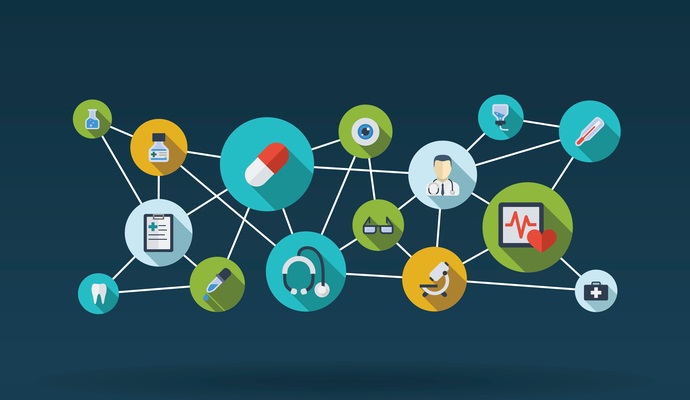Researchers Create mHealth Patch to Monitor COVID-19 Patients at Home
Developed at Northwestern University, the mHealth patch attaches to the base of the throat and monitors throat movement and breathing, as well as heart rate and temperature.

Source: ThinkStock
- Researchers in Chicago are working on an mHealth wearable that will help providers monitor COVID-19 patients at home.
The patch, developed by Northwestern University and the Shirley Ryan AbilityLab, attaches to the throat and monitors lung movement and breathing sounds for coughing and breathing problems associated with the Coronavirus. It uses telemedicine technology initially designed to remotely monitor speech and swallowing in patients recovering from a stroke.
(For more coronavirus updates, visit our resource page, updated twice daily by Xtelligent Healthcare Media.)
The device, which is removed daily and synched with an mHealth platform for data storage and analysis, is part of a growing effort to develop remote patient monitoring programs that allow hospitals and health systems to monitor patients at home. While RPM programs have traditionally been used to handle post-discharge and chronic care patients, the COVID-19 emergency is giving these platforms new value in allowing providers to monitor patients in isolation.
John Rogers, director of Northwestern’s Center on Bio-Integrated Electronics, tells C|Net that the platform is both reusable and unobtrusive, and also measures heart rate and temperature.
"We don't use a microphone," he says. "There are problems with microphones with ambient noise and tremendous invasions of privacy. We use a high-bandwidth, tri-axis accelerometer to measure movement of the surface of the skin.”
The idea, Rogers says, is to create a monitoring platform that tracks patients throughout the day, rather than in isolated moments. Care providers can use the data from devices like this to not only check in on a patient at a specific time – rather than waiting for the patient to come to the doctor’s office or the hospital – but also to monitor that patient’s health over time, using AI technology to spot trends and catch health concerns before they become serious.
"I think that demands a hardware platform that is virtually imperceptible," he says. "Health care in general will be improved when you move from episodic monitoring of status to continuous. I've always thought that makes sense."
